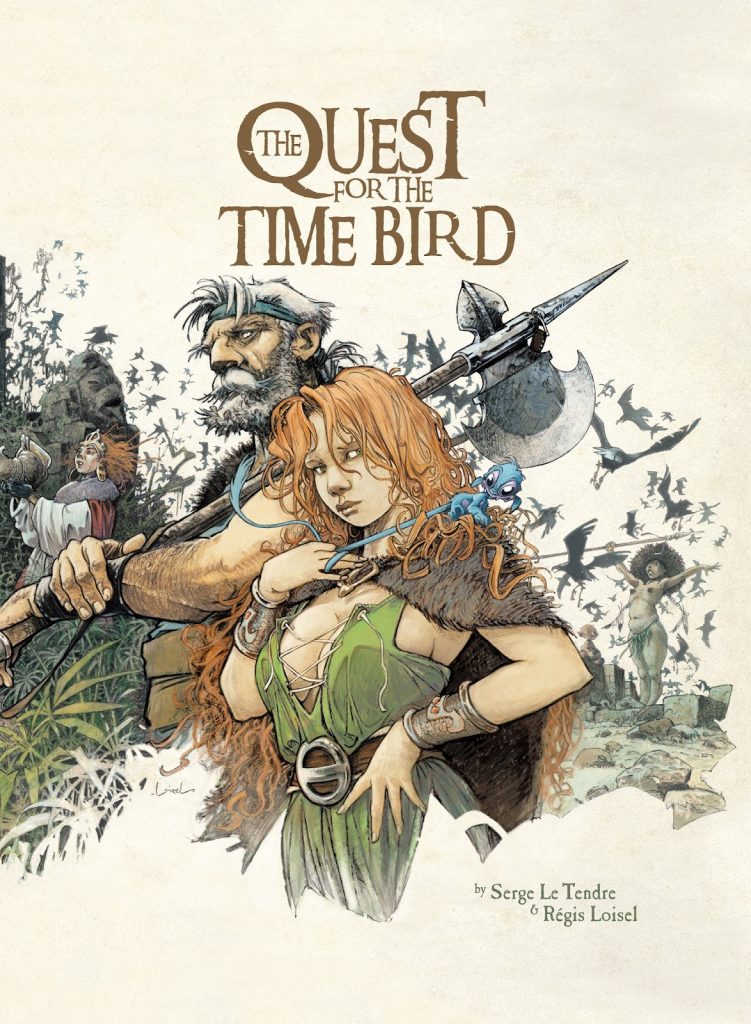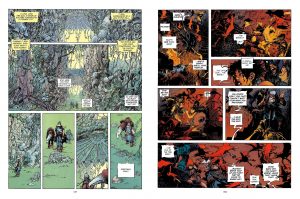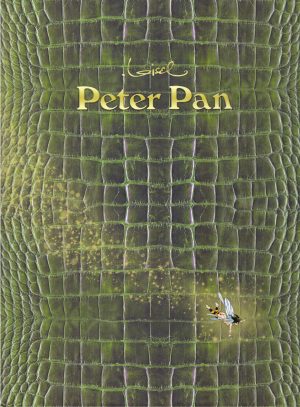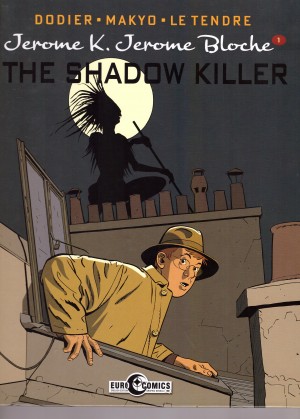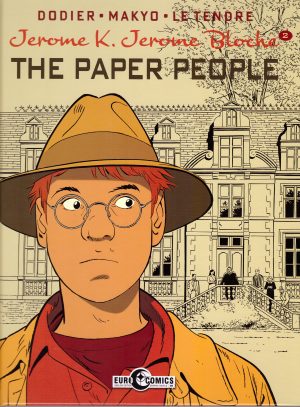Review by Ian Keogh
As Roxanna and the Quest for the Time Bird this was one of the select band of European graphic novels not for children translated into English back in the 1980s. However, buying used copies of the earlier editions is a false economy as this edition combines all four earlier volumes, features an improved translation, and even more importantly has been recoloured. There’s no individual credit for this, so perhaps artist Régis Loisel undertook the task himself. Whoever’s responsible, it’s an immense improvement, as can be seen by comparing the right sample art with that for The Egg of Darkness.
The world of Akbar is a relatively standard fantasy world, and the Time Bird is required because it’s only recently been discovered by the sorceress Queen Mara that spells confining an ancient threat will expire in a couple of weeks. The only way she can think of to prevent this happening is to acquire a mythical bird that can stop time, giving her enough time to ensure the threat remains confined. To this end she sends her daughter Pelisse to an old warrior lover of hers Bragon, first to acquire Ramor’s Conch, which confines the threat, then the Time Bird itself. Pelisse, by the way, was for some reason re-named Roxanna in the earlier translations.
Over the first two volumes (originally titled Ramor’s Conch and The Temple of Oblivion), there’s little originality to Le Tendre’s cast and situations, and fantasy readers will broadly be able to predict where things are heading. It’s not apparent until the end, though, that Le Tendre actually conceals a secret very well. With that knowledge some early scenes are far better written than assumed, guiding the audience in one direction when actually the truth is different. All these years later, though it’s the art that impresses most until halfway, Loisel imaginative and phenomenal with detail, often really surprising with the effort he puts in, the sculptures on the sample art being an example. His design work is also notable, with every member of the cast distinctive, and whereas other artists of the era might have sexualised Pelisse, who greatly resembles Red Sonja, he avoids that route. However, his path to sainthood is blotted by the gratuitously naked woman throughout the final chapter.
By then Le Tendre has upped his game. The path is no longer as predictable over what was previously The Riege Master (here ‘Riga’) and The Egg of Darkness. Readers are aware there’s a ticking clock to the plot, and the blockages become less contrived. The ending to the third chapter is thrilling and tragic, and there’s plenty to admire in the last as well. The effort put in defining the characters over the first half, sometimes at too great a length, pays off in the second for what might not always sparkle with originality, but has the saving grace of Loisel’s art all the way through.
Le Tendre and Loisel picked up the series again in 2010 as co-writers of a further six volumes to date, drawn by a variety of artists, but these haven’t as yet been translated into English, and a TV show is apparently in production. For some reason Amazon will only sell you the digital version, but other suppliers will provide the hardback.
